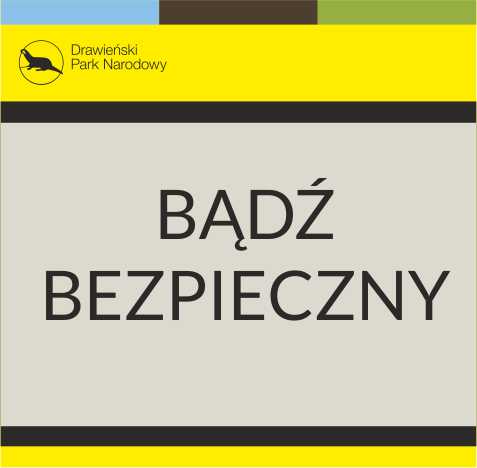Peatbogs
In the area of the Drawa National Park there are about 300ha of wetlands that were classified as peatbogs. They constitute for only 3% of the entire area, but the uniqueness of these ecosystems has a large influence of the Park’s natural diversity. Within the DNP borders we can find peatbogs in the places of former lakes that may be in various fazes of overgrowing the post-lake terrain, soligenic peatpogs – in the places of an intense underground water leakages, and fluviogenic peatbogs – stretching along periodically overflowing river valleys.
An example of a water-body that is being overgrown by peatbog is Głodne Jeziorka. It’s a complex of five small distrophic lakes with areas of 1,3 to 0,8ha. That are in an early faze of terrestialization (turning into land). They are located in the northern part of the Park. They are chiefly supplied by rain waters that rinse the humus substances which cause the lakes’ acidity, from their reception basins. The water acidity enables development of peat mosses and other vegetation characteristic to peatbog morasses. Examples of such vegetation are: mud sewdge, mud cranberry, three species of sundew, or the very rare in Poland brown peatmoss. The brown hue of water is equally characteristic here as the vegetation present. Due to the water acidity (around pH5), the fauna living in these areas is also interesting. Very numerous are the larvae of dragonflies, such as the very rare in Poland Nehalennia speciosa, or of a rare mosquito Chaoborus obscurpipes. Only one species of fish represents this area – a small, dwarf version of perch, so called “the famished perch”. The same Part of the Park also contains one of the most valuable peatbogs: Sicienko (previously known as Sarnie Bagno). This fully developed peatbog is located on the southern edge of Lake Sitno and once was part of the lake. The vegetation found there is typical for a morass peatbog, but this particular one is unique for the presence of an unassuming little shrub, the northern letherleaf (Chamaedaphne calyculata). This is a species connected with Northern European peatbog environments. Its presence in the DNP’s nature reserve “Sicienko” marks its most western point of appearance. There are only 7 localities of this plant in Poland.
Very floristically interesting is a mossy spot “Kłocie Ostrowieckie” at the eastern side of Lake Ostrowiec. This is the best developed system of alkalitrophic plant communities of the low peatbog. The mossy spots create a mosaic of jointed twig rush (Cladium mariscus) and other vegetation remaining from the overgrown lake. The soligenic peatbogs, whose water supply comes from underground, are usually found in the leaky hillsides of river valleys. Some examples of this pearbog type the well-head complexes “Moczele”, “Miradz”, and “Cieszynka”.






Search
Gallery
Newsletter
Będziemy informować Cię o nowościach w serwisie oraz ważnych wydarzeniach w Parku.
Contact
ul. Leśników 2, 73-220 Drawno,
tel.: (095) 768 20 51,
(095) 768 20 52
fax: (095) 768 25 10
email: [email protected]

























